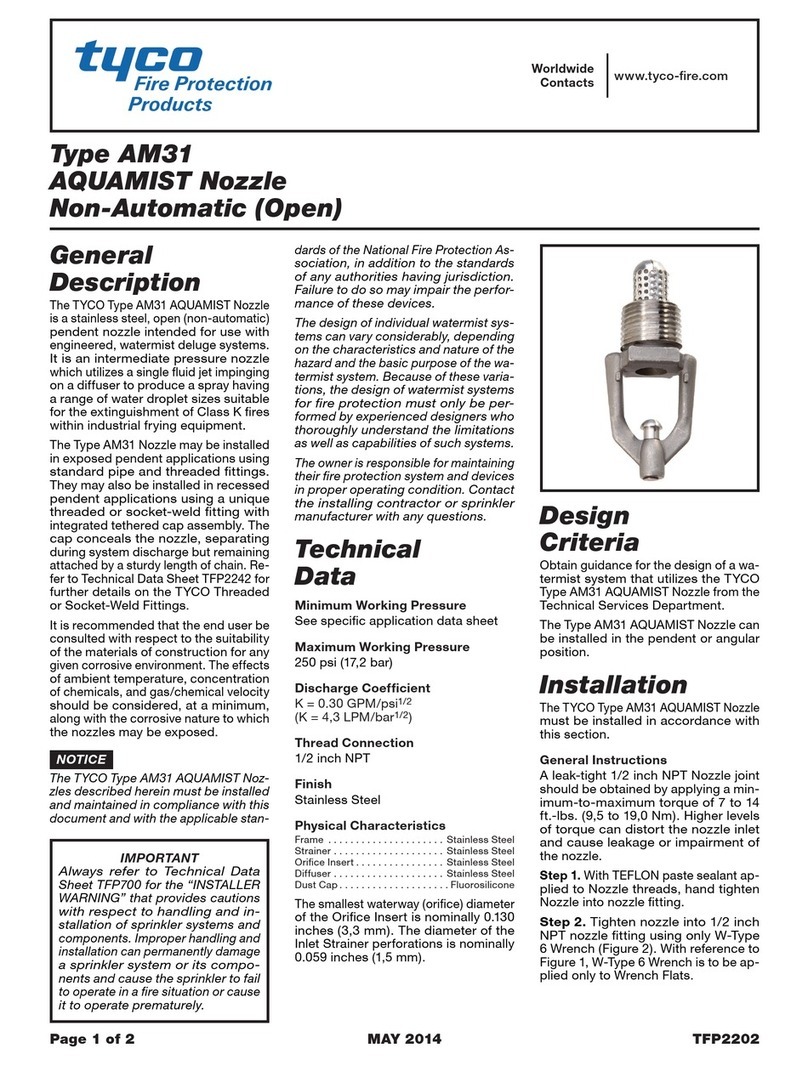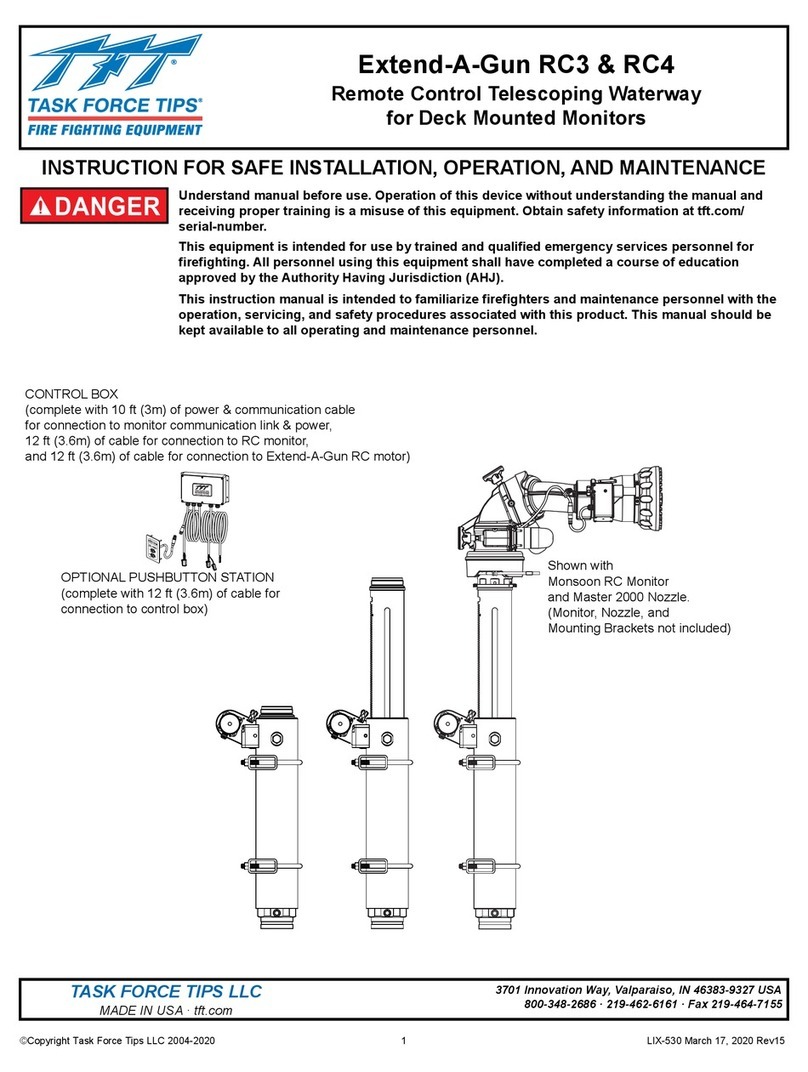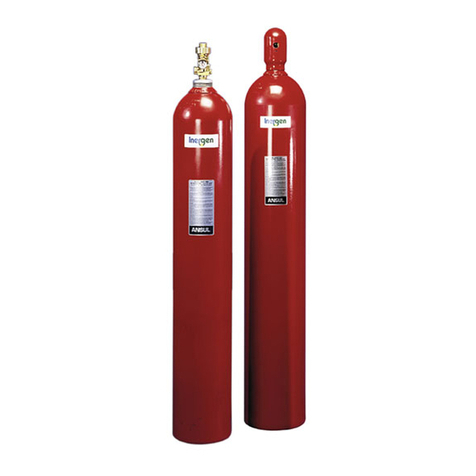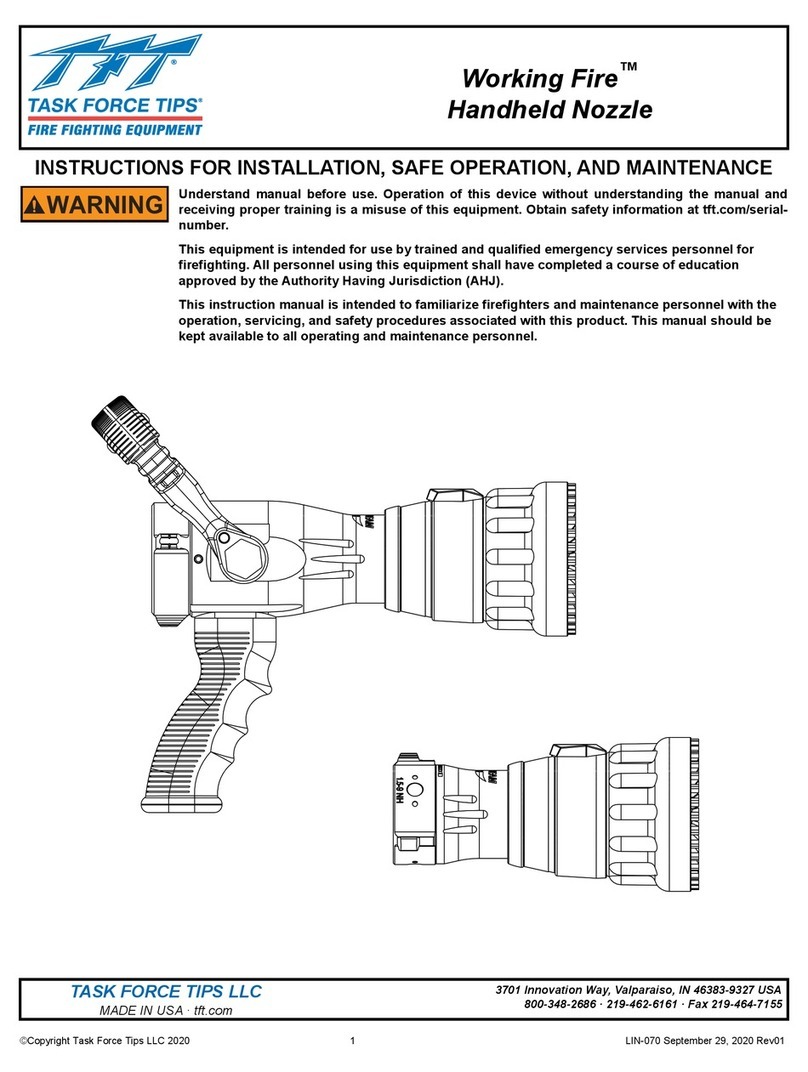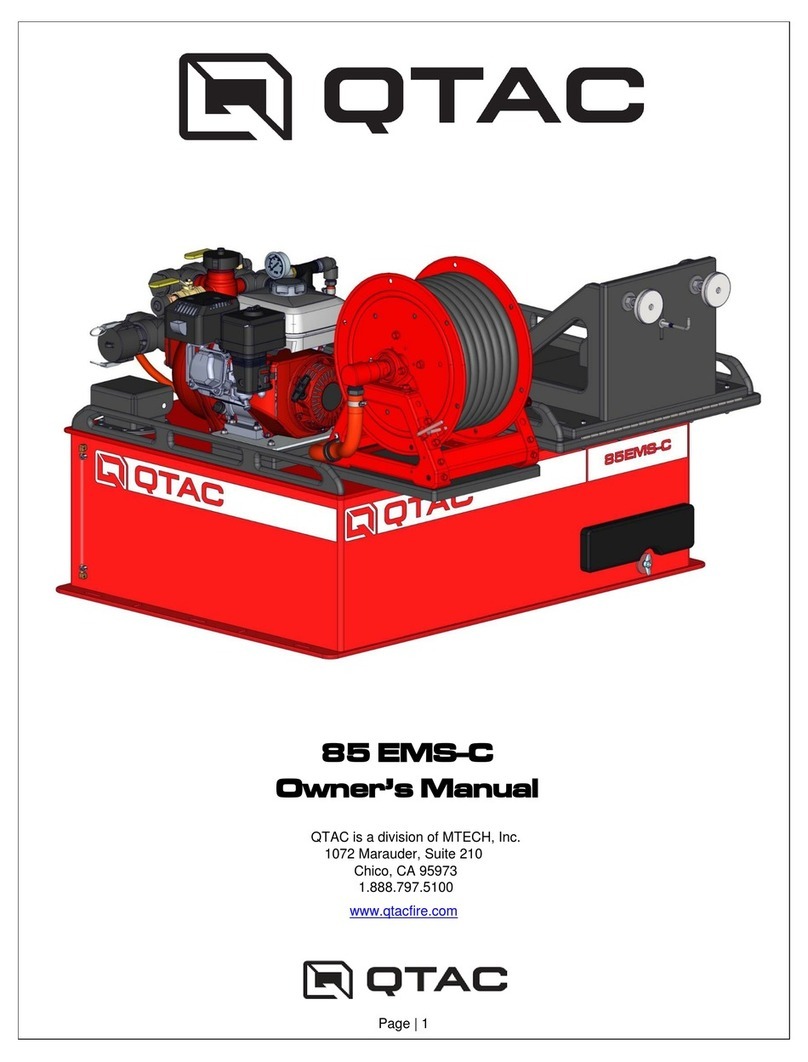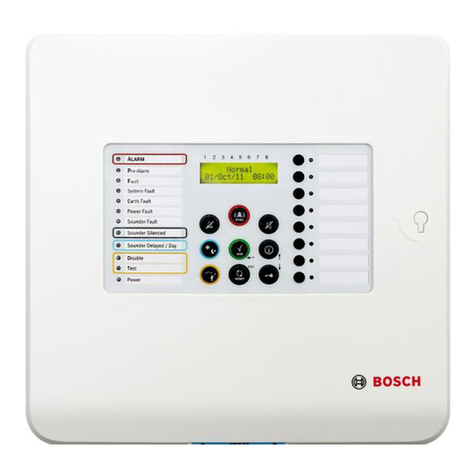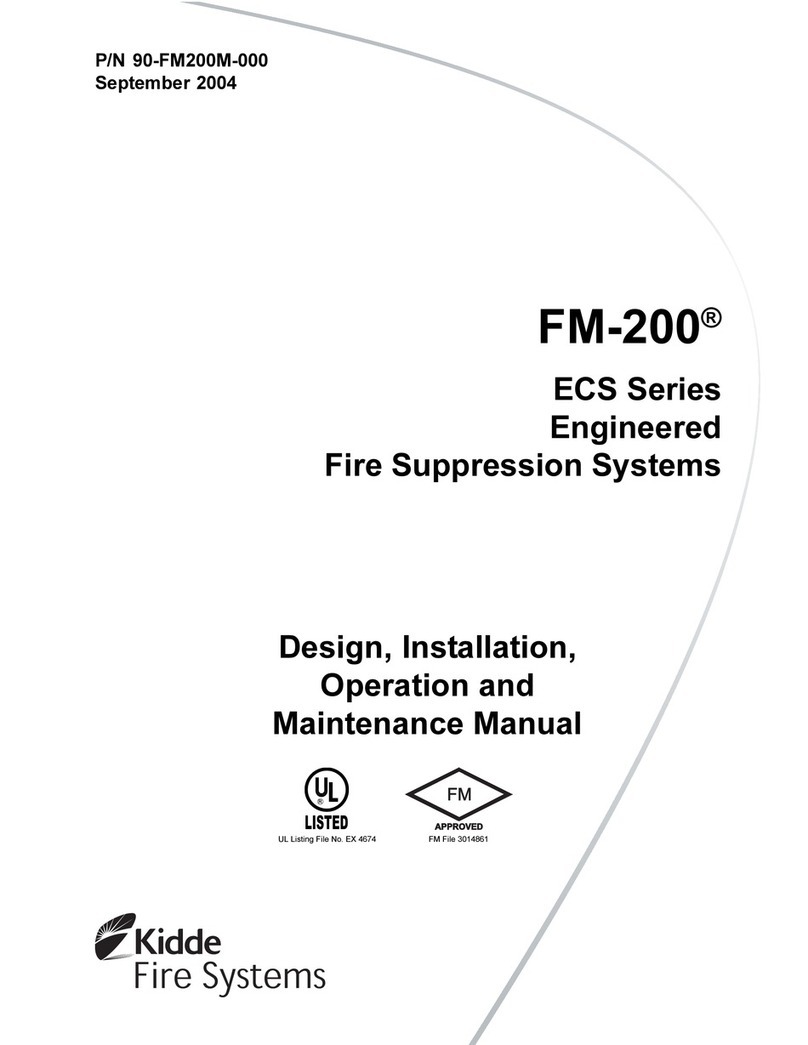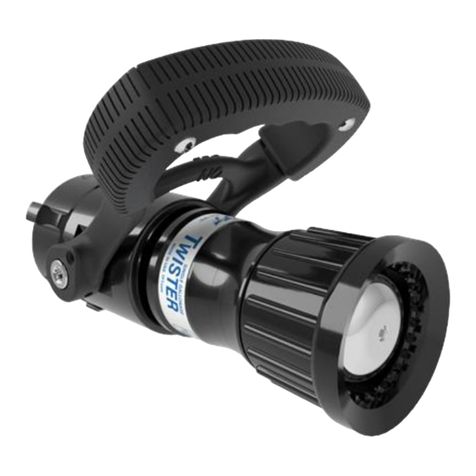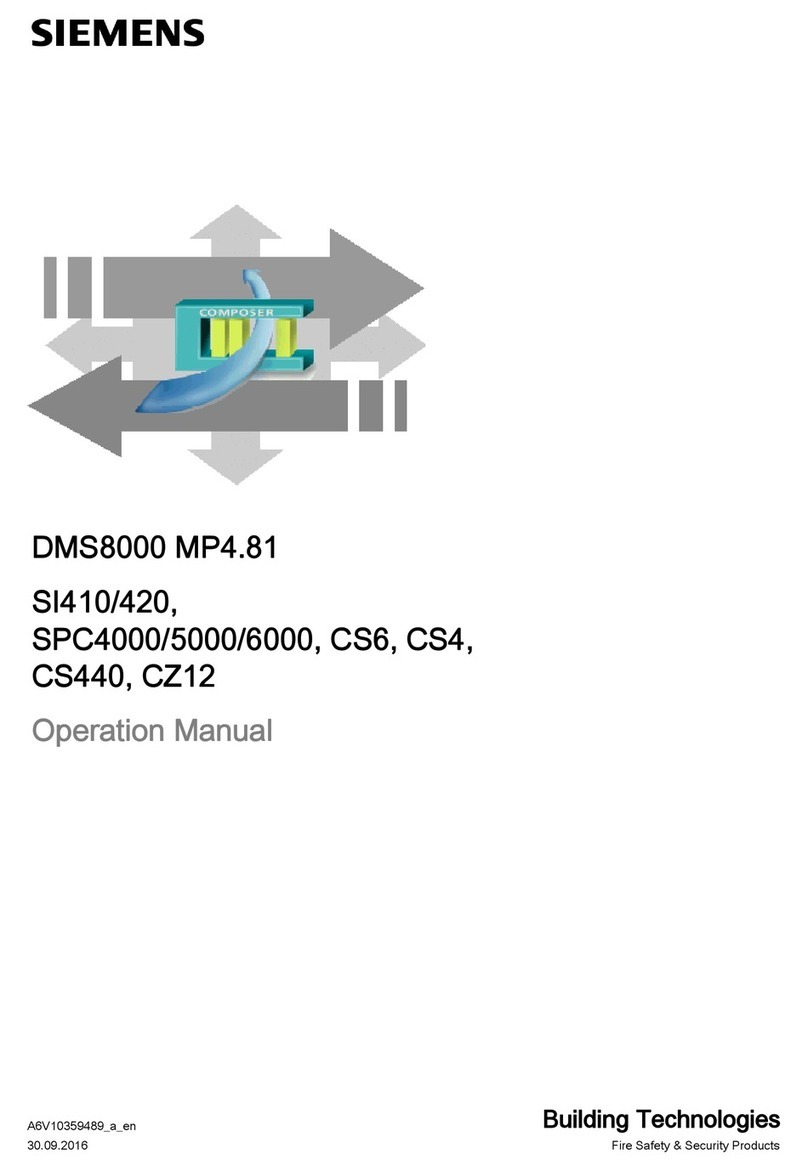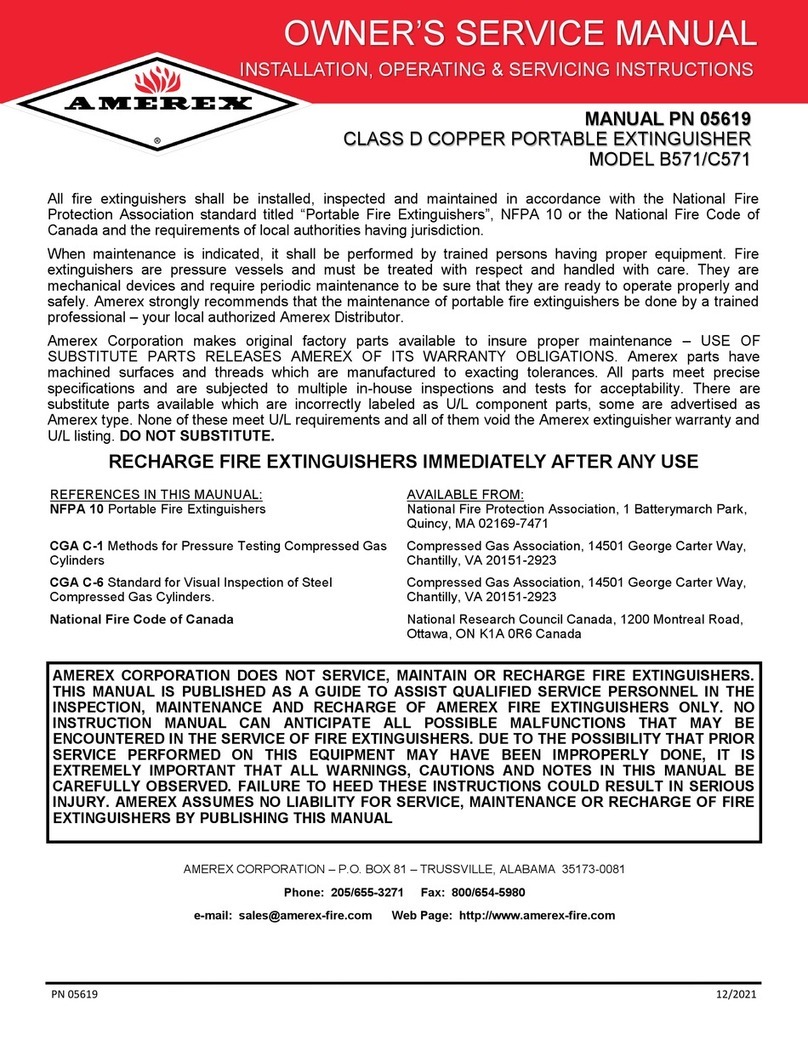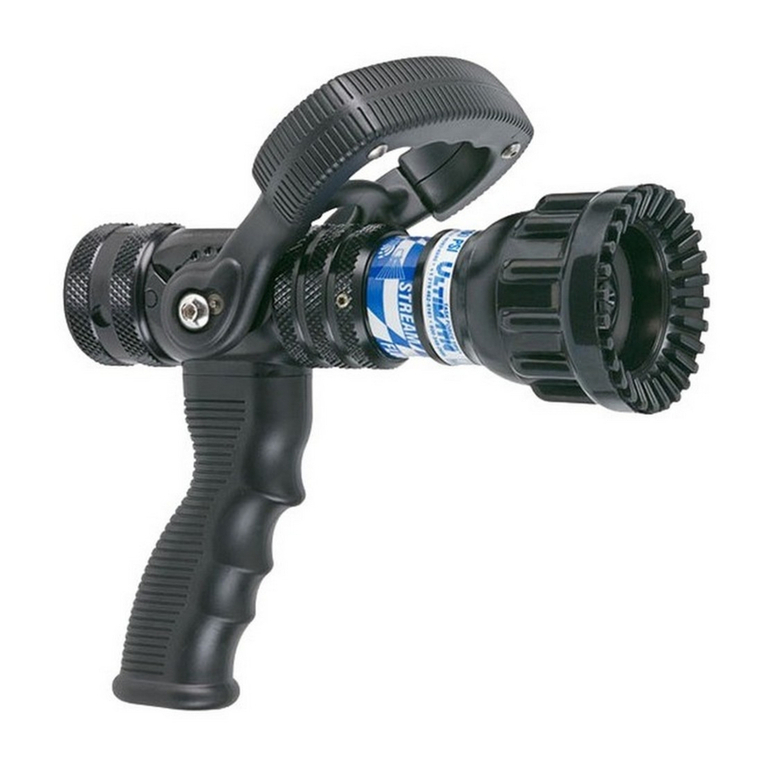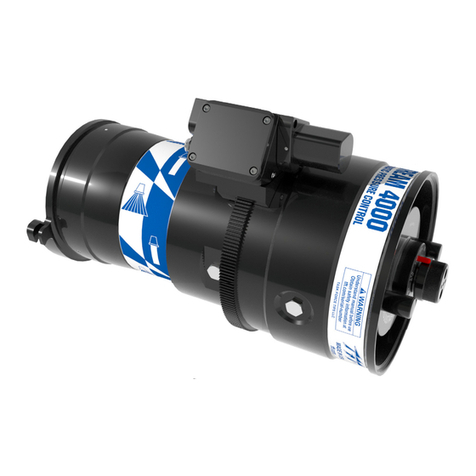
5-1/4” American-Darling B-84-B-5 HydrantAMERICAN Flow Control Page 1B-12
5-1/4” AMERICAN-DARLING®B-84-B-5 OPERATION, INSPECTION, AND MAINTENANCE
5-1/4” AMERICAN-DARLING®B-84-B-5 TESTING
WARNING: FAILURE TO RELIEVE PRESSURE CAN RESULT IN
THE CAP BLOWING OFF, CAUSING INJURY OR DEATH.
Drainage Test for Dry Barrel Hydrants (Draining Type)
1.
2.
After testing and backlling, the hydrant should
be safely ushed and tested to be sure that it is
bacteriologically safe before it is put into service.
Tighten the outlet nozzle caps so they will not be
excessively tight, but tight enough to prevent their
removal by hand.
Clean the hydrant exterior to remove dirt accumu-
lated during installation. Touch up any areas where
factory coating was damaged during handling or
installation. Use an appropriate top coating or contact
factory for touch-up coatings.
3.
If the hydrant fails the drainage test, replace and
tighten the nozzle cap, partially open the hydrant (1
or2-turns)withtheoutletnozzlecapsontocreatea
pressurethatwillushandclearthedrainassembly.
If this fails to restore proper drainage, then the drain
assembly should be removed and inspected. If the
drain assembly is clear, then the problem may be that
the drain outlets are plugged from outside the hydrant.
Repairwillrequirediggingdownaroundtheoutsideof
the hydrant and clearing the drain outlets.
4.1.
2.
3.
Following the pressure test, close the hydrant
main valve.
Carefully remove one outlet nozzle cap and place the
palm of one hand over the outlet nozzle opening.
Drainage should be suciently rapid to create a
noticeable suction.
Placing a Hydrant Into Service
Operation
1.
2.
3.
Checkdirectionofopeningasmarkedonthehydrant
cover.
To open, turn the operating nut until the main valve
is fully open and the travel stop nut limits further
opening. Do not force the hydrant in the open-
ing direction beyond fully-open as indicated by
sudden resistance to turning. If water does not
owwhenthehydrantisopen,itisprobablydueto
a closed valve upstream from the hydrant. Always
open the hydrant completely, never only partially. A
hydrant that is partially open will allow pressurized
owthroughthedrainvalve,whichmaywashaway
the soil from the area surrounding the base, or the
partially open main valve may trap small stones
or other debris between the valve seal and seat.
To close, turn the operating nut until the valve
stops the ow. It is not necessary to close this
style of hydrant with great force. Once the ow
has stopped, turn the operating nut in the opening
directionabout1/4turntotakethestrainotheoperat-
ingpartsofthehydrant.Ifthehydrantdoesnotshuto
completely, do not attempt to force the hydrant to
close. Debris and small stones may be trapped in
the valve seat and may be preventing the hydrant
from closing. Partially open and close the hydrant
several times to help dislodge the debris. If this does
not work, safely remove the hydrant operating rod
assembly, remove the debris and repair as detailed in
subsequent sections of this manual.
WARNING: FAILURE TO RELIEVE PRESSURE
CAN RESULT IN THE CAP BLOWING OFF,
CAUSING INJURY OR DEATH. Make sure the
auxiliarygate valvein the lateral between the main
and the hydrant is closed and that the hydrant is not
chargedwithpressurewhenremovingcaps.
4.
AMERICAN Flow Control recommends you follow the general Inspection and Installation guidelines outlined in
AWWA Manual M17 for Installation, Field Testing, and Maintenance of Fire Hydrants and/or as recommended below.
The thrust bearing hydrant requires a minimum of torque to operate. WARNING: Special care should be taken in the
installation, inspection and repair of pressure containing devices such as valves and hydrants. FAILURE TO
FOLLOW PROPER PRACTICE AND GUIDELINES CAN RESULT IN SERIOUS INJURY OR DEATH. High pressure and
water hammer, due to rapid opening or closing of a hydrant or valve, can also cause major damage to the hydrant,
valve, water main, re hose, or other attached equipment. It is possible to damage the hydrant by forcing it beyond its
limitsoftravelwithexcesstorque;therefore:
